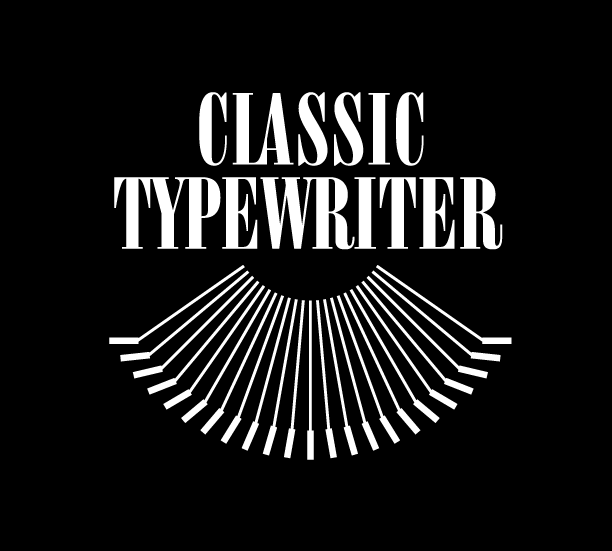How to Use a Vintage Corona Three Portable Typewriter
Video Tutorial
An old vintage Corona Three typewriter ad.
History and Features.
The Corona Three had a legendary run that lasted decades, from the teens into the 1940's. Classics of American manufacturing, they were made in Groton, New York.
It's innovative folding design, small compact size, and quick action made it something of a legend. The case is small and portable as well. The upright feeling of having the paper closer to eye-level is quite refreshing.
While changing the ribbon, and even the ribbon reversal take a little more getting used to, these are robust machines that can last longer than lifetimes.
Here is a little video tutorial on the usage with some tips for navigating your first pages.
Here is the original manual.
Mostly, enjoy the writing, and let me know if I can help you with anything else.
Most sincerely,
Steven Budden Jr.
The Classic Typewriter Company
Hemingway’s Corona Three
Hemingway fell in love with the Corona #3 typewriter Hadley Richardson gave him in 1921. He wrote a poem to it, used it as his analyst, and took it with him from Paris to Key West to Cuba, where it resides at the Museo Hemingway in San Francisco de Paula, Cuba. The portable Corona was instrumental in his becoming an international correspondent and globetrotting author of a new kind of fiction. This essay looks at Hemingway's relationship to the now lost world of the manual typewriter.
If you have never heard it or if it has been pushed from your brain by the soulless tapping of computer keys, the sound of typewriter keys banging is a beautiful noise. There is not a newspaper person of a certain age who does not feel this way. A typewriter's sound is able to evoke the charming chaos that used to exist in newsrooms. It is the sound of effort, of work.
--Rick Kogan, The Chicago Tribune Magazine
Throughout his writing career, Hemingway used many different typewriters for letters, news dispatches, articles, poems, short stories, and novels. But one typewriter was very special to him, his Corona #3 portable typewriter, the typewriter he used as he began his career. Previously he'd had some old secondhand typewriters, but the Corona was the first new typewriter he owned, and just as you always remember your first new bike or new car, a writer falls in love with his first typewriter, and never forgets it.
In 1921, Hadley Richardson, his then fiancee, gave him the Corona as a birthday present. It arrived in a nice leather case and cost Hadley around fifty dollars--an expensive gift, but she had "promised Ernest a Corona typewriter for his twenty-second birthday, and she arranged for it to be delivered to him on July 21" (Diliberto 78). Earlier that year at the end of April, Ernest, who was living in Chicago, had written Hadley that he was beginning his first novel. She believed strongly in his talent and wanted to buy him a new typewriter to foster his writing career. "Because Ernest was about to hurl his sticky old newsroom typewriter against Kenley's refrigerator, Hadley promised him a 'Corona' for his birthday" (Griffin 169). Ernest was concerned about the expense and wrote to Hadley that "the 'Corona' she'd promised him could be forgotten about 'since it's a great strain on you [financially].'" But Hadley was resolved and wrote back around 20 July 1921: "'I'm the fella that's going to give you the Corona'" (qtd. in Griffin 199).

